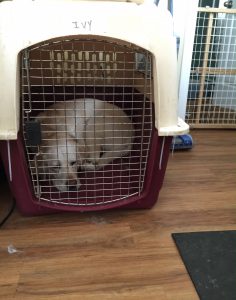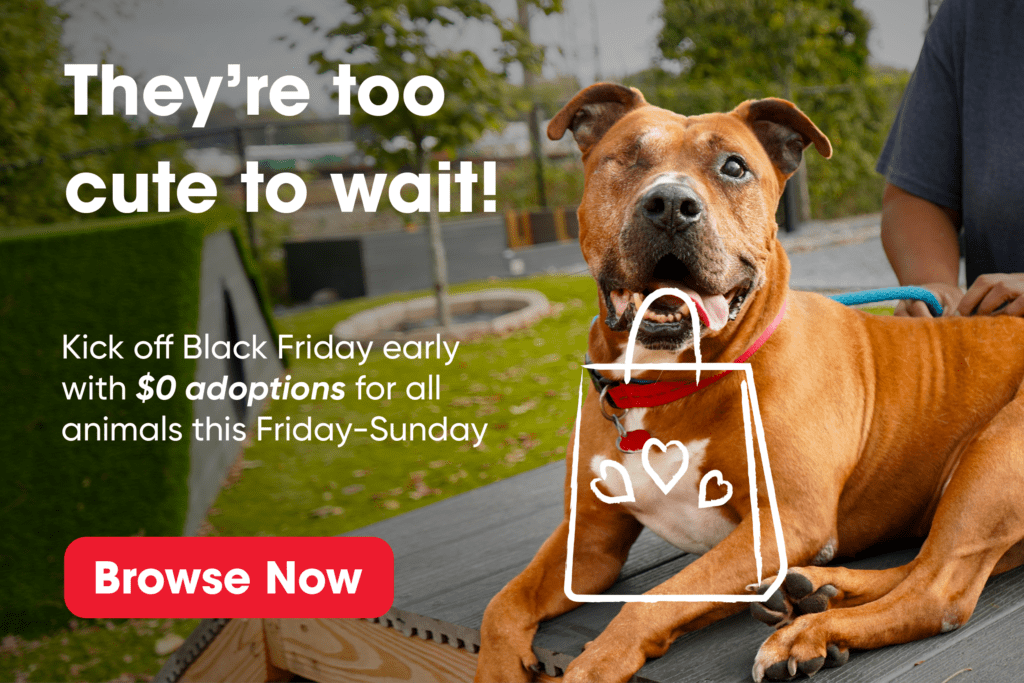NOTE: This post was originally featured on the Carpe-K9 blog and is copied here with the author’s permission.
When we decide to acquire a dog, we know that we will need to have certain tools and supplies in place before the dog arrives. Those who have owned dogs previously wouldn’t even think of bringing a puppy or dog home without the essentials of crate, gates, a knowledge of where the pup will be confined, and a plan for housebreaking and obedience training. Even newbie dog owners know that bowls, food, bed, collar and leash are going to be needed. We may elect to procure these items at the same time as we get the dog, if not before, but we certainly don’t (or shouldn’t) think we can bring a dog or puppy home and go for days or weeks without the proper equipment.
Preparation saves a lot of headaches later on. It tends to make things like having a picnic, buying a car, going on a vacation, and bringing home a new baby much easier, doesn’t it?
Well, the same is true for dogs, but not just for the first night home.
Preparation regarding training is also quite helpful.
I’m not talking about knowing the best method for training, per se. There are many paths to a well-trained dog, including hiring a professional, or reading books and articles and watching videos in a “DIY” manner. Some people try it on their own first, then hire a pro. Most dog owners do not hire professional trainers, though. They either make it work with DIY, or they just live with the dog’s behavior. Or, they get rid of the dog.
What method you use isn’t really the point here. It can matter, for sure, but you probably already knew that.
What I’m talking about is preparing the dog for his life ahead, or the training itself as a preparation.
If your dog jumps up on people when they enter your house, waiting until people come over and yelling “DOWN!” at the dog (or yanking him down, or something worse) when he jumps is not training.
If your dog chases the cat, waiting for him to start chasing and then yelling at him or throwing things at him is not going to fix that problem.
If he jumps up on counters, pulls on the leash incessantly, barks obnoxiously at passerby, chews your belongings, or tries to bite you when you walk past him while he is eating, your responses during those situations do not constitute meaningful training.
Oh, learning is occurring, but it isn’t the type of learning that is going to help you.
So, you are saying , “When IS the time for meaningful training to begin for the dog who jumps on guests, chases the cat, jumps up on counters, pulls on the leash incessantly, barks obnoxiously at passerby, chews my belongings, or tries to bite me when you walk past him while he is eating?”
The answer, of course, is “before he started to exhibit those behaviors.”
And you are saying, “But I didn’t know I needed help with those things until he started doing them!”
That’s where you should have prepared a bit better.
See, you don’t try to train a dog not to do something when he is in the middle of doing it. And you don’t try to train him to do something when he is in the middle of doing something else. You train him to do the behaviors you want before you need him to do those behaviors, so that when the time comes and the need arises, he already knows what you require and either 1.Waits for you to remind him what to do, and then remembers and does it, or 2. Does it automatically.
(2. comes after a certain amount of teaching. 1. constitutes a trained dog, but 2. is even better.)
Dogs jump, pull on leash, eat what smells good, chase moving objects, make noise, and chew things naturally. These are default behaviors to most dogs, and one can pretty well assume most dogs will do them if not taught not to.
So, you pretrain the dog to sit for greetings, keep four feet on the floor in the kitchen, walk nicely next to you on leash, chew their own toys and bones exclusively, refrain from chasing the cat, and allow you to control their resources without complaining. You train in advance of these things so that the dog can fully concentrate on what needs to be done when the behavior is needed. You pretrain because while he is learning the new behaviors, you need to be able to control the dog’s attention and give him lots of small successes, and this is unlikely when things get hectic.
In short, you don’t train when you need the behavior—you train before you need it. That way, it’s already instilled in the dog, and all he needs to do when told to sit, or stop, or get off, or move away, or be quiet is remember what he already knows.
 Think of it like taking a test. You don’t try to take a test without having studied. You learn when the test will happen, and you prepare for it by learning the material. Then, on test day, you walk in, sit down, and wrack your brain to remember what you just stuffed into it. There is no learning happening at that moment—it’s all recall.
Think of it like taking a test. You don’t try to take a test without having studied. You learn when the test will happen, and you prepare for it by learning the material. Then, on test day, you walk in, sit down, and wrack your brain to remember what you just stuffed into it. There is no learning happening at that moment—it’s all recall.
Good dog training imparts the lessons before they are needed, so that when they are needed, all the dog need do is remember.
Prepare your dog to exhibit good behaviors in stressful or hectic situations by pretraining him. It’s much more kind and effective, and a lot less frustrating, than reacting in the moment.


